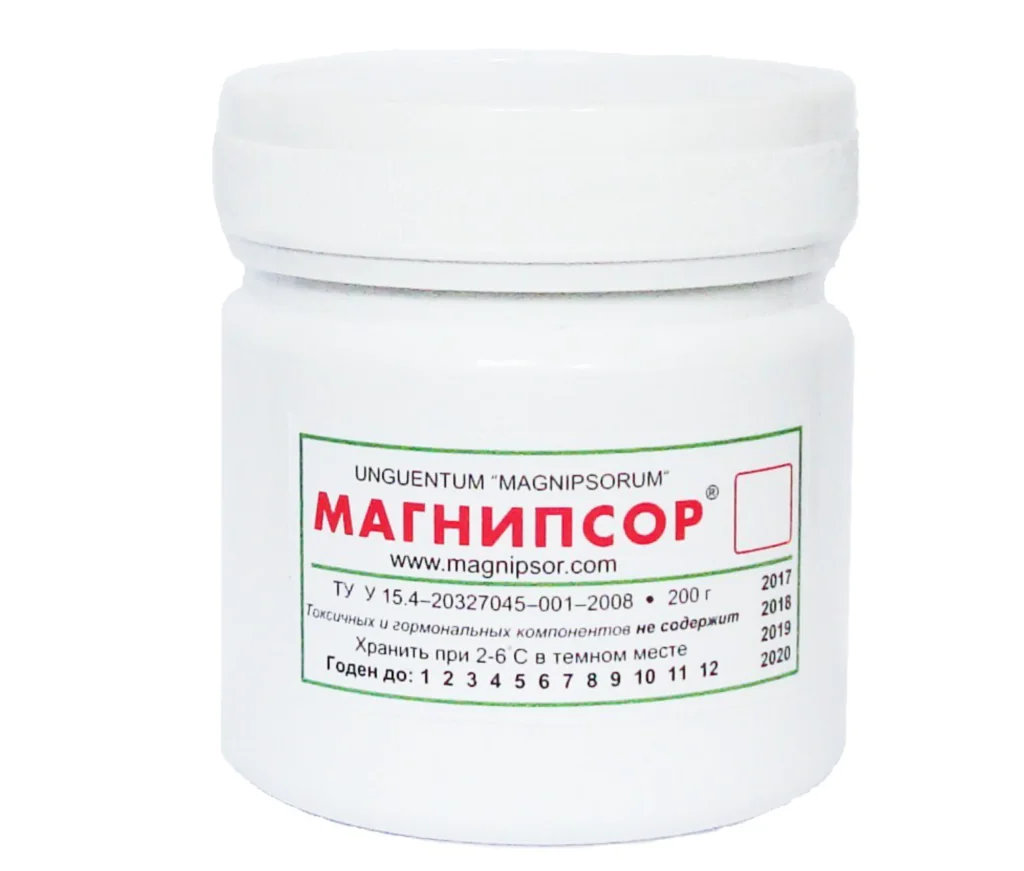Psoriasis is a chronic inflammatory disease, not an infectious disease, the skin is manifested by erythematous plaques, round, well demarcated, covered with whitish scales fading to silvery gray. Such lesions may be asymptomatic or occasionally cause mild itching, but the aesthetic consequences may be important. Psoriasis generally appears on the elbows, knees, scalp and lower back, but can also spread to the entire body. The causes of psoriasis are not yet fully understood, but the immune system plays a role. You can choose an ointment for the treatment of psoriasis here.

The pathological process is characterized in particular by hyperproliferation of keratinocytes and is associated with inflammation of the epidermis and dermis. Treatment is based on the use of emollients, topical medications (vitamin D analogs, retinoids, tar, anthralin, and corticosteroids), phototherapy, and, in the most severe forms, systemic medications (methotrexate, cyclosporine, or biologics).
It should be emphasized that the therapeutic strategy varies greatly depending on the extent and location of the disease. Because it is almost always a chronic disease, there is currently no cure that can guarantee complete recovery. Thus, treatment aims to keep it under control, sometimes leading to periods of remission to prevent it from getting worse. In addition, the effect of antipsoriatic drugs depends on individual response.
What to do:
- Avoid alcohol and smoking (may make psoriasis worse).
- Reduce weight (if obese)
- After dressing, cover the affected areas with an occlusive dressing.
- Get frequent dermatological checks
- Sports and relaxation techniques
- Thoroughly clean the affected areas with mild detergents to dry, it is recommended to wipe with a soft sponge.
What not to do:
- Expose yourself to the sun without UV protection.
- Accidental scratching or scratching of psoriatic lesions
- Cover the lesions with makeup or colored creams.
- Use cortisone for a long time
- Use towels that are not very soft.
- Use aggressive cleansers on the surface of the skin.



